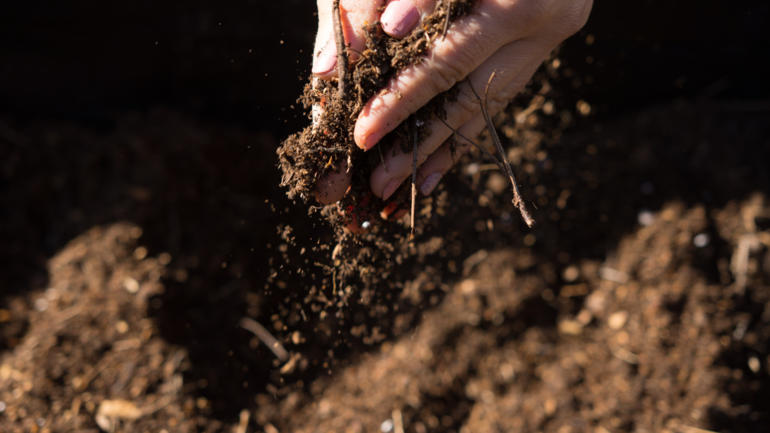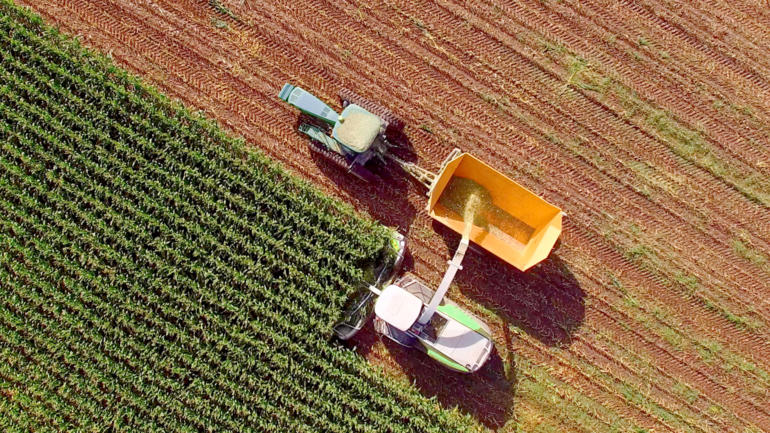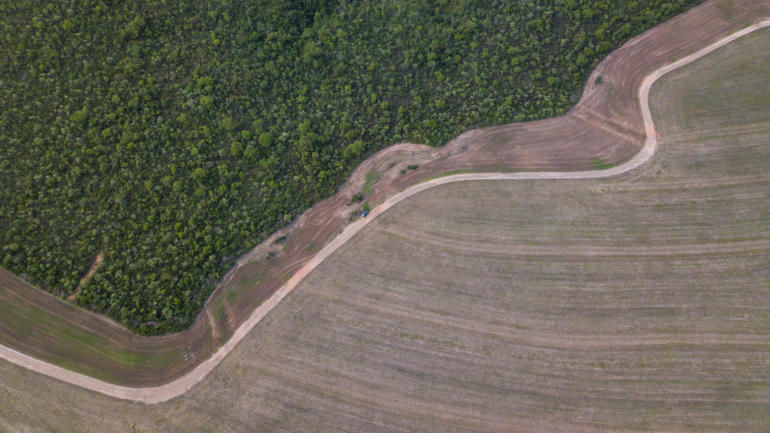Geneva, 13 January, 2014 - The protocol, led by the World Resources Institute (WRI), will enable countries, companies and other organizations to estimate in a credible, practical and consistent manner how much food is lost and wasted and identify where the loss and waste occur. With this information, users will be better equipped to address these losses.
Food loss and waste refers to food intended for human consumption that is not ultimately eaten, and the Food and Agriculture Organization of the United Nations (FAO) estimates that 32 percent of all food produced in the world by weight is lost or wasted. This ultimately unused food represents a large quantity of greenhouse gas emissions, water and land, as well as a missed opportunity for reducing food insecurity.
Reducing food loss and waste is one of the core priority areas of the WBCSD’s new Action2020 initiative. The WRI estimates that halving the rate of food loss and waste by 2050 would close more than 20 percent of the gap between the food available today and what is needed in 2050.
Along with the WRI and the WBCSD, steering committee members for the new Food Loss and Waste Protocol include the Consumer Goods Forum (CGF), the FAO, FUSIONS (Food Use for Social Innovation by Optimising Waste Prevention Strategies), the United Nations Environment Programme (UNEP), and the Waste and Resources Action Programme (WRAP).
WBCSD member companies interested in knowing more or engaging in the initiative can contact Violaine Berger at berger@wbcsd.org.








